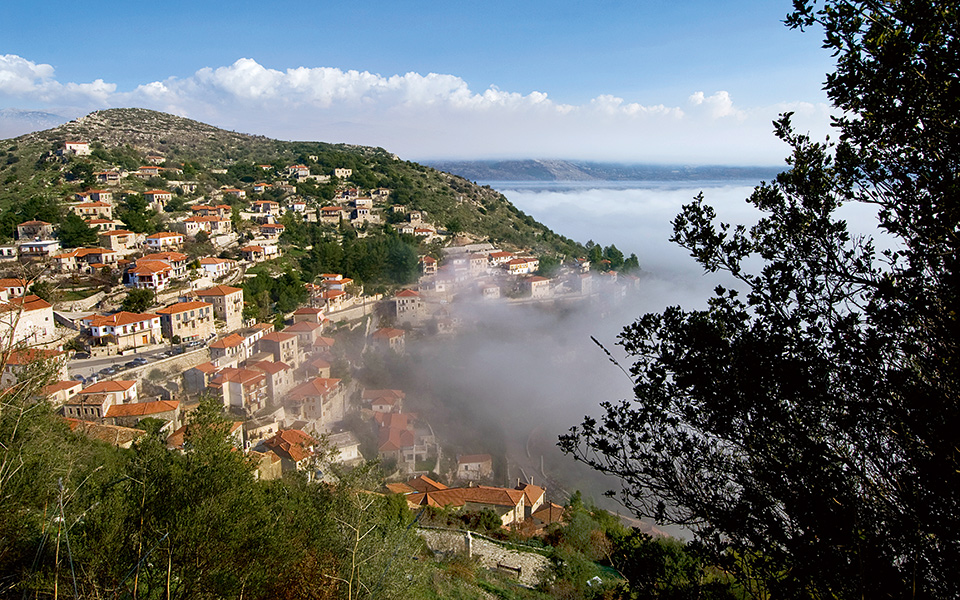The fabled land of Pan, the pastoral Utopia that inspired Virgil to write Ecologues and Renaissance poets to wax romantic about rural life saw no frolicking fauns in the 19th century. Τhe Arcadian mountains were one of the main theaters of the Greek War of Independence (1821-1832), where the headquarters of the general who led the fight were ensconced and his army’s firepower was produced.
Located in the center of the Peloponnese, Arcadia is best known today for its pristine natural environment and an abundance of religious, cultural and historic landmarks that make it a favorite autumn or winter retreat for Greeks and a must for foreign travelers “doing the Peloponnese.”
“ You don’t want to miss the area’s traditional villages, many surrounded by lush greenery and with beautiful architecture. ”
By foot or by car, the mountains of Arcadia are best explored over the course of several days. You don’t want to miss its traditional villages, many surrounded by lush greenery and with beautifully preserved architecture, its landmarks and museums or its old-style cafés and tavernas. Stemnitsa, Vytina, Dimitsana, Langadia and Karytaina, perched like eagle’s nests on the mountains, are year-round attractions. What some of the more remote villages may lack in facilities they make up for in character. In Lasta for example, located 6 kilometers from Vytina, the staff-less café at the Church of Aghios Georgios invites visitors to help themselves to coffee or raki and hang out as long as they want, dropping a few coins in the donation box on their way out.
On the left bank of the Lousios River at an altitude of 1,050 meters is Stemnitsa, a small town also known as Ipsous, nestled between the dense pine forest of Mount Mainalo and the yawning Lousios Gorge. Stemnitsa is a popular trekking destination, with natural paths flanked by cherry, plane and walnut trees. It is also an important religious tourism destination with no less than 18 notable post-Byzantine churches and an impressive Folklore Museum.
Stemnitsa is most famous for its history. It was from here that General Theodoros Kolokotronis led the revolt against Ottoman rule and it served briefly as the country’s capital in the summer of 1821. A monument to the liberation fighters stands atop a hill near the Aghios Georgios bell tower.
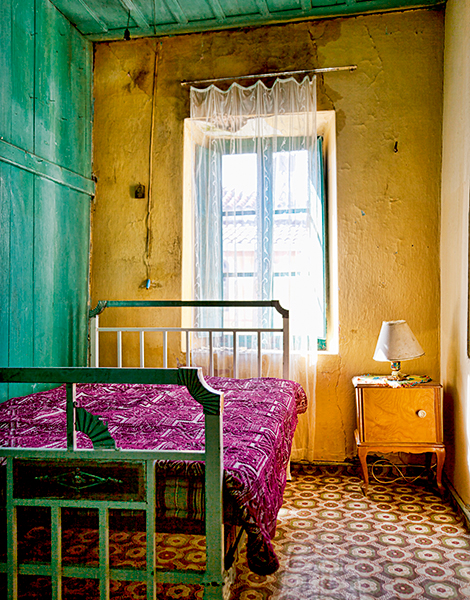
© Perikles Merakos
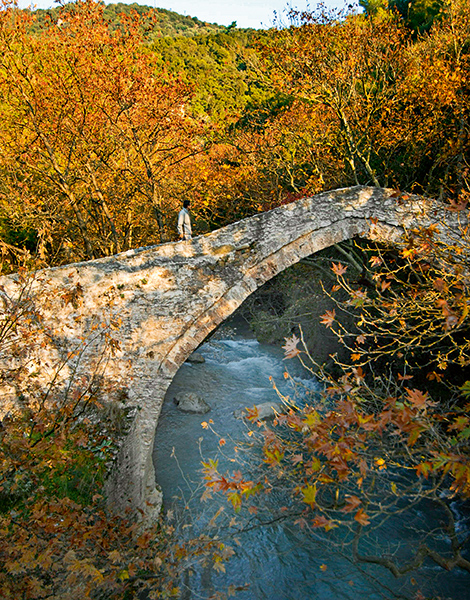
© Clairy Moustafellou
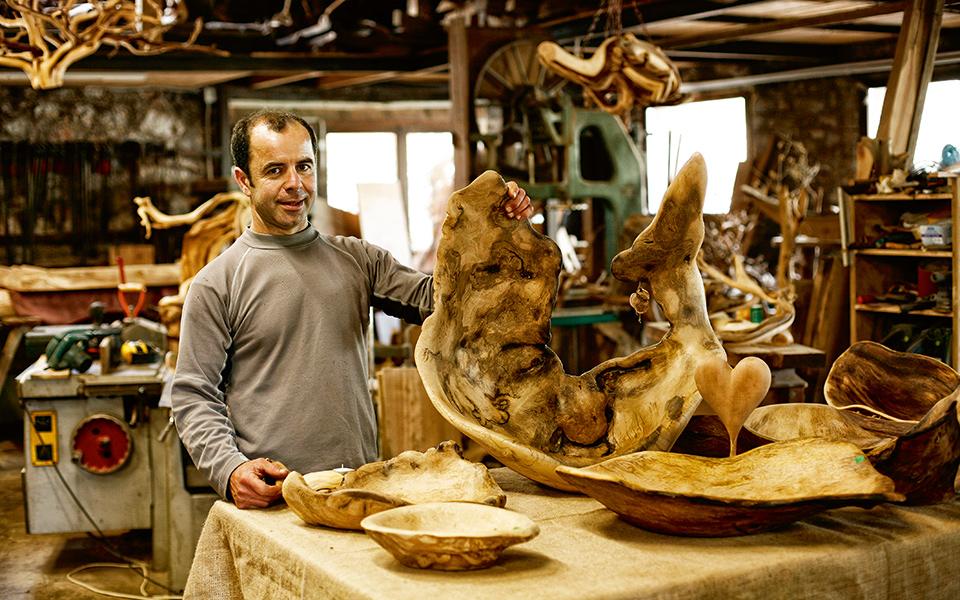
© Perikles Merakos
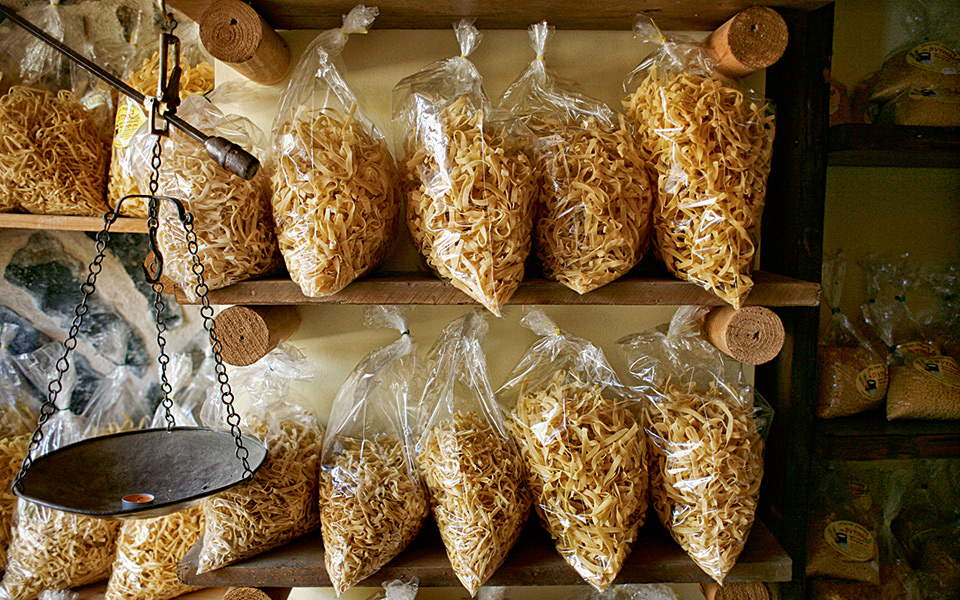
© Nikos Kokkas
Another Arcadian village that played a prominent role in the Greek War of Independence as a major gunpowder producer supplying Kolokotronis’ army was Dimitsana, an amphitheatrically-built village on the western slope of Mount Mainalo, 960 meters above Lousios Gorge. The village retains much of its traditional charm thanks to its restored mansions and stone houses, many built by the master masons of nearby Langadia. The Open-Air Water Power Museum showcases developments in hydraulic technology and how these contributed to the production of gunpowder in particular.
Arcadia is also popular with adventure travelers, offering white-water rafting on the Lousios River, mountain climbing, hiking and paragliding, among other sports, though the most popular activity is trekking through the Lousios Gorge, declared a historical and archaeological landmark by the Ministry of Culture in 1997. The route through the gorge is quite challenging and even though it is very well sign-posted it is best tackled with a professional guide or as part of an organized group. You want to worry less about getting lost or injured and focus instead on enjoying the flora and fauna, the stunning rock formations and winding paths.
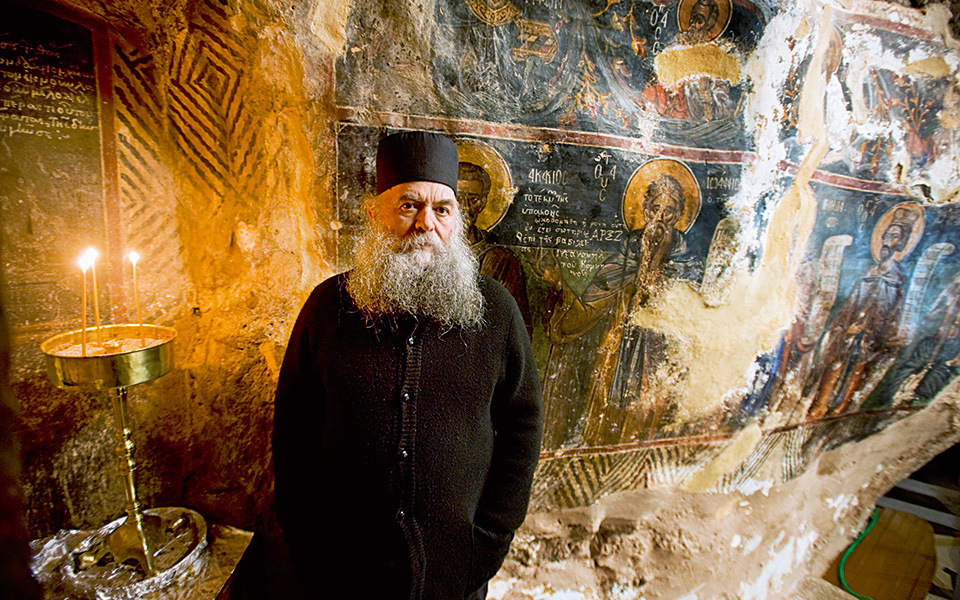
© Clairy Moustafellou
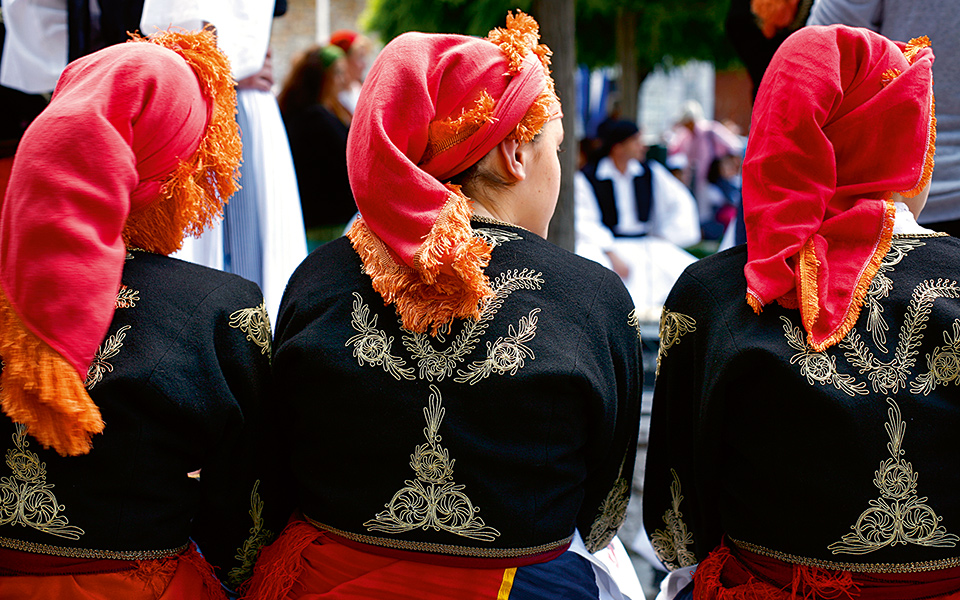
© Nikos Kokkas
There are some interesting detours along the way that give an insight into the monastic life that flourished here in the 14th century. The monasteries of Philosophou and Prodromou are connected by a wooden bridge and both offer outstanding views of the mountains and the gorge below. You can also stop at Ancient Gortyna, a beautiful archaeological site with well-preserved Roman baths that once served as a resting place for travelers on their way to the Olympic Games and today hosts archery classes.
For a refreshment or a meal, stop at any local taverna or kafeneio to connect with the locals and sample the cuisine. The choices are plenty, from a simple snack of pungent skordalia garlic sauce made with chickpeas, grilled sausage and bread with a small carafe of tsipouro, to hearty dishes like rabbit stew served with traditional village pasta or lamb baked with artichokes. For dessert, try the crispy diples (fritters) drizzled with honey or a spoon sweet with a cup of Greek coffee.

